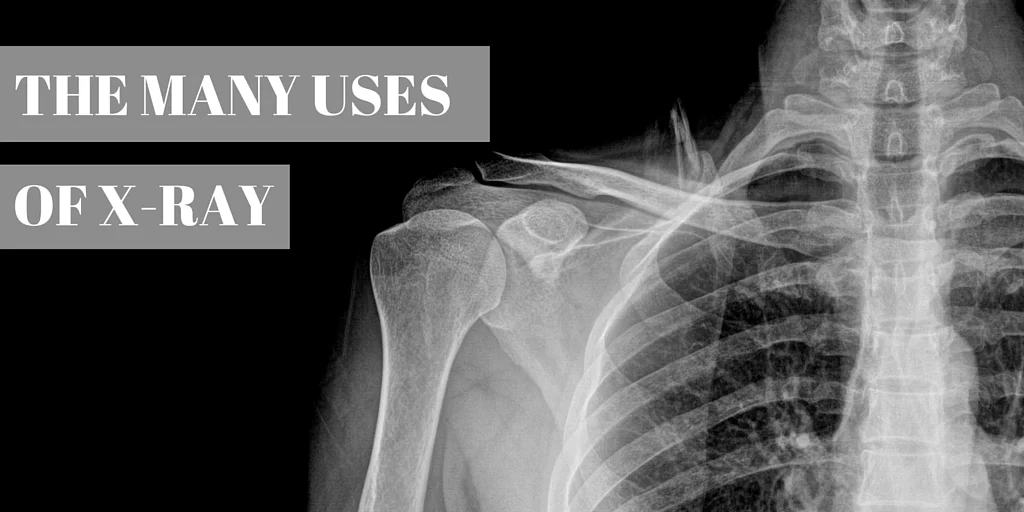What is an X-Ray? An X-Ray is “an electromagnetic wave of high energy and very short wavelength, which is able to pass through many materials opaque to light” At some point in your life you’ll probably find yourself asked the question, “Do I need an X-Ray?”
For many, the answer is yes. Don’t be alarmed, though! The process is quick and painless, and the amount of radiation you’re exposed to during the procedure is harmless to adults. This radiation, however, is not safe for a developing fetus. Be sure to tell your doctor about any questions or concerns prior to the procedure, especially if you’re pregnant.
An X-Ray is performed for three main reasons:
1. To photograph an area of the body experiencing pain
2. To record the progression of a disease
3. To monitor the effect of a treatment
But there are many additional instances in which an X-Ray can be helpful to a doctor.
Bones & Teeth:
Fractions and infections in the bones and teeth show up clearly on an X-Ray. For dentists X-Rays are helpful when trying to measure the amount of dental decay in a patient’s mouth. Also for victims of arthritis, X-Rays of the joints will reveal the extent of the disease to the doctor.
Chest:
The chest contains many important organs, and because of this chest x-rays make up a large percentage of all X-Rays taken. Mammography is an X-Ray procedure done to examine breast tissue and prevent breast cancer, while other X-rays of the chest can reveal lung and heart conditions as well. In some cases a contrast material will be injected into the body so that doctors can get a better look at where your circulatory system is experiencing problems.
Abdomen:
While primarily for digestive tract problems, X-Rays of the abdomen can also reveal to doctors the location of swallowed items. For example, if your child swallowed a key or a marble, an X-Ray of the abdomen would reveal the location of this item.
Written by: Maren Burns

